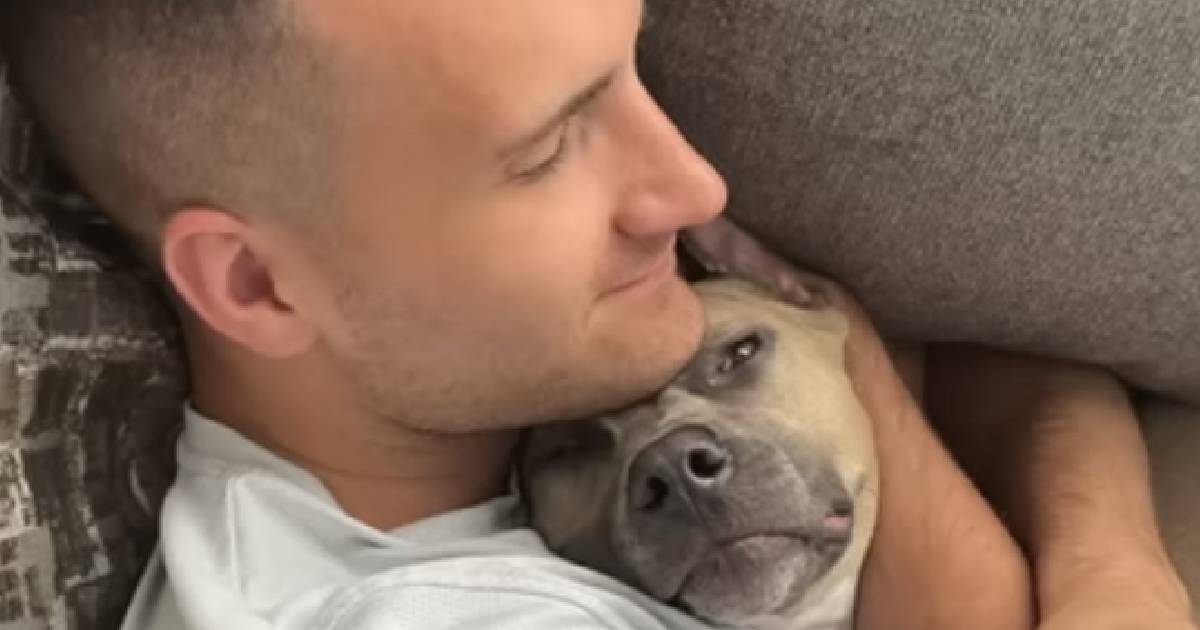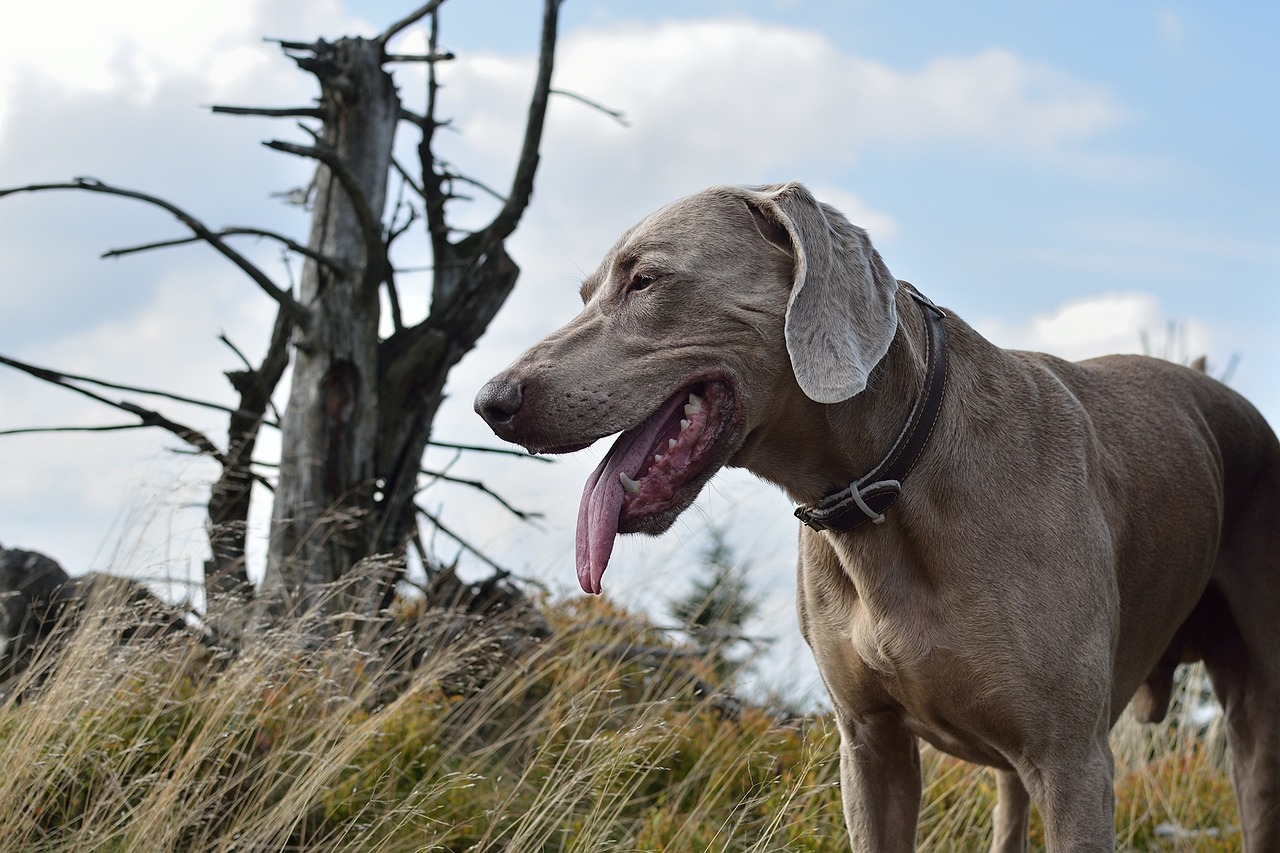Jasper was only two when he started hesitating at the stairs. Not limping exactly, just slower. My vet said we’d keep an eye on him. But six months later, the poor dog couldn’t jump on the couch without yelping.
Many devoted dog owners have a similar story: subtle signs, a gut feeling that something is wrong, and a frustrating wait for the vet to order an X-ray. By that time, it’s often too late: the cartilage has begun to wear, the femoral head no longer glides smoothly, and hip dysplasia, a chronic orthopedic condition, has already started altering the dog’s life.
Its symptoms are subtle, often mistaken for temporary soreness or normal aging. Radiographs often fail to catch subtle misalignments until degeneration sets in, a slow-moving curve that leaves dogs in avoidable pain.
The good news is, the new AI-based prevention diagnosis is already showing first positive signs.
What Is Hip Dysplasia?
In short – a malformation of the hip joint where the femoral head doesn’t sit properly in the socket.
This then leads to instability, cartilage wear, and ultimately, painful arthritis. It is one of the most common orthopedic conditions in dogs, especially in breeds like German Shepherds, Labradors, and Golden Retrievers.
While the malformation can begin in puppyhood, many cases aren’t diagnosed until middle age or later. Early signs, which include limping, reluctance to climb, and bunny hopping, are vague and often dismissed as aging or minor discomfort.
Core Issue Stays – It’s Hard to it Catch Early
The issue with hip dysplasia lies in the invisibility of early-stage symptoms. The symptoms are vague and easy to attribute to play fatigue, minor injuries, or breed quirks. Definitive diagnosis of hip dysplasia typically involves sedating the dog for hip-extended radiographs.
During this process, radiographs assess the Norberg angle and how well the hip socket houses the femoral head. However, early changes are often invisible, especially in large breeds like German Shepherds or Labradors.
And because vets usually wait for owner-reported symptoms, X-rays are delayed further.
AI Tech Slides in to Rescue Our Best Friends
Enter Vetology.ai. The team behind this tech uses deep-learning and teleradiology to offer early detection faster than traditional methods. Combining convolutional neural networks trained on a set of expertly annotated veterinary radiographs with board-certified radiologist oversight, the model was refined through deep learning (CNNs) to detect patterns subtle to the human eye.
It supports existing X-ray systems and, within minutes of uploading images, provides an AI-generated report, with optional board-certified radiologist review. Each report clearly defines which conditions were screened, what was flagged, and what lies outside the system’s diagnostic scope. This transparency allows clinicians to integrate the AI-generated results with their own assessments or escalate to a radiologist if needed.
In internal trials and pilot clinic use, Vetology reports detection times that precede traditional diagnostic timelines by several months (potentially flagging dysplasia risk during routine radiograph reviews, before clinical symptoms prompt imaging). The AI platform, trained on over a million expertly labeled canine radiographs, delivers 92.3% accuracy in identifying radiographic abnormalities, with sensitivity at 91.3% and specificity at 92.4%.
What’s the Process Like
1. Image Upload: Lateral or ventrodorsal x-rays of the pet involved are submitted to the program.
2. Report Generation: Five minutes after the images are received, a virtual radiologist report is generated, with the AI highlighting early signs including subtle Norberg angle shifts, joint laxity, and early cartilage wear.
3. Radiologist Review: Board-certified veterinary radiologists sometimes get involved here to review the phrases generated by the AI and ensure that the images are being interpreted accurately. Each AI output yields around a 92% agreement rate with board-certified radiologists.
AI Pet Care to Expand via Different Sub-Fields
What if AI alerted you before your vet visit? Imagine an app that learns your dog’s routine and can help you notice their hesitance on stairs? With the growing presence of AI companions, people asking for help and exchanging messages with Chatbot is becoming a thing in all realms for private and business realms.
While it would still take some time to get there, AI-based assistants are beginning to enter the consumer side of veterinary care. Some platforms are testing virtual veterinary guides that track behavior, log symptoms, and prompt basic triage questions. In the future, these systems could be paired with diagnostic AI. If a home assistant logs a dog showing reduced range of motion or avoidance behavior, it could prompt early imaging and route those images to a platform like Vetology.ai for screening.
This isn’t happening at scale yet, but the infrastructure is in place. Wearables already track movement patterns in pets. Voice-based systems are being trained to recognize concerns in caregiver language. The combination of these systems could allow dogs to be screened for mobility disorders based on pattern recognition long before traditional diagnosis takes place, closing the gap further between early signs and formal diagnosis.
Win-Win for Everyone
Dogs
Detecting dysplasia before structural damage allows early measures such as controlled exercise, weight management, supplements, and physical therapy, all of which can slow the progression of arthritis and reduce pain. Also, early detection improves animal welfare, as it helps avoid unnecessary sedation and invasive procedures.
Owners
Dog owners tend to enjoy cost efficiency with Vetology.ai. Faster diagnosis means less uncertainty and lower long-term costs. Instead of waiting for surgery, owners can act early. And once they know what the issue is, repeat imaging and unnecessary diagnostic tests can be largely reduced.
Vets
Vetology.ai integrates directly with Practice Management Systems (PMS). In busy clinics, an AI screening report can appear in minutes, empowering vets to fast-track potential cases, reduce sedated imaging, and make referral decisions more efficiently. Dr. Brad Singleton of South West Vet in Austin, Texas, has experienced these benefits firsthand after coming across Vetology.ai in 2019. Calling the report accuracy of the technology “very impressive,” he said, “This modality is fun for the novelty aspect of it, but has made radiology review for certain cases much more efficient, as well.”
Breeders and Shelters
Automated hip screening at scale improves breeding decisions and optimizes shelter care. This is a great benefit especially for rescues where early detection can guide placement and foster care.
Not the Only Option on the Market
Given the accelerating rise of AI in veterinary diagnosis, Vetology isn’t the only company leveraging AI in the industry. Other significant AI veterinary tools include SignalPET, which uses machine learning to review thoracic and abdominal radiographs, and Idexx’s VetConnect Plus, which aggregates lab data and trends to inform diagnosis. There is also Zomedica’s Truforma, which focuses on endocrine disorders with AI-assisted interpretation.
Amidst these tools, what makes Vetology.ai’s approach to early detection stand out? At its core, the distinction is in workflow and scope. As the first AI veterinary platform to get GMLP certification, Vetology built its technology specifically to function within radiology processes and integrate into PMS. Hence, it can easily be integrated into everyday vet workflows.
Its emphasis on musculoskeletal and soft tissue radiographs, paired with radiologist verification, makes it a focused solution for clinics that want diagnostic support without sacrificing clinical oversight.
Revolutionizing Canine Care
Tools like Vetology.ai are not just faster X-ray readers. They represent a shift toward proactive pet care. xBy detecting hip dysplasia earlier, we gain a valuable health window. One where humane intervention can preserve joint health and longevity while saving costs.
In the next decade, veterinary care may center on health monitoring and AI detection before pets even enter the clinic. The real breakthroughs could come not from drugs or surgery, but from algorithms trained to listen and act early. Vetology’s contribution is in moving that moment forward.



















 English (US) ·
English (US) ·